Berlin museums. Part 2 // Берлин музейный. Часть 2
In the second part of museums tour there will be the first part of Technical Museum exposition. I will divide it in two parts because there's a lot of photos from there:) The museum is really huge, we spent 5 hours there and still have to skip some expositions. We skipped jewelry, most of textile and the 2nd floor of aviation exposition. But despite being very tired when leaving, I'm still sure this museum is just amazing! And I must admit that we really behave like children there, pushing all the buttons to see how the models function.
The building of Technical Museum is decorated with this plane. I've always thought that the entrance is under it, but in fact it's not. We had to walk several more meters along the building to the entrance.
Во второй части рассказов о музеях Берлина сегодня будет начало экспозиции Технического музея. Весь рассказ я разделю на две части просто потому, что очень много фотографий оттуда:) Сам музей огромный, мы были там 5 часов и все равно не посмотрели все: пришлось пропустить ювелирную экспозицию, большую часть текстильной и второй этаж авиаэкспозиции. Даже не смотря на то, что под конец мы очень устали, я все равно считаю этот музей потрясающим. И я готова честно признаться, что мы вели себя там отчасти как дети, нажимая на все кнопочки, чтобы посмотреть все модели в действии.
Здание музея украшено вот таким самолетом. Я считала, что под ним и находится вход, но на самом деле до него пришлось пройти еще несколько метров вдоль стены.
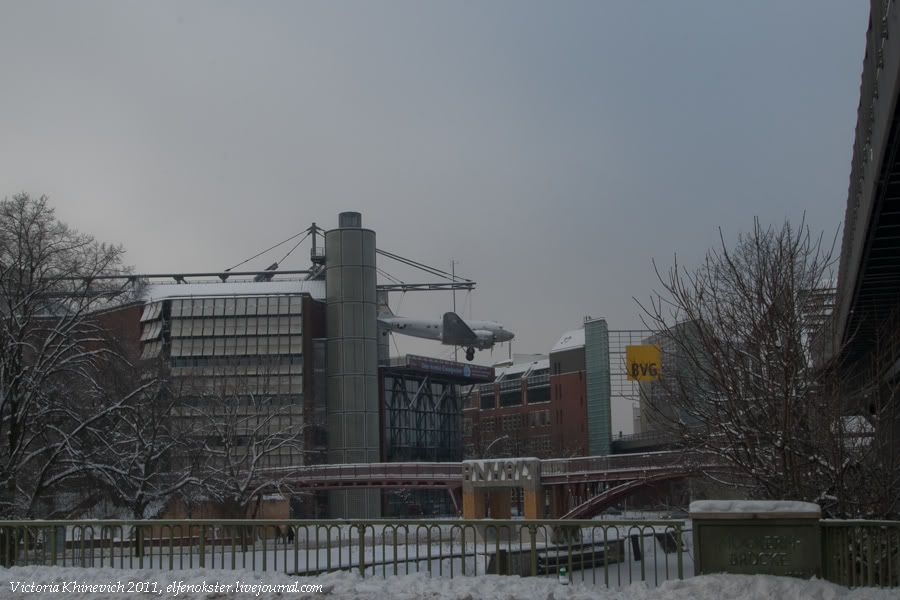
Another surprise was right near the entrance. I saw this plant so beautifully climbing the wall and though of the surely creative minds of museums staff. But I was mistaken, this is an entrance to the restaurant and right after it is the entrance to museum.
Прямо около входа меня ожидал еще один сюрприз. Когда я увидела как красиво это растение карабкается по стене, я подумала, что у сотрудников музея замечательные креативные умы. Но я ошиблась, это оказался вход в ресторан, а вход в музей сразу за ним.
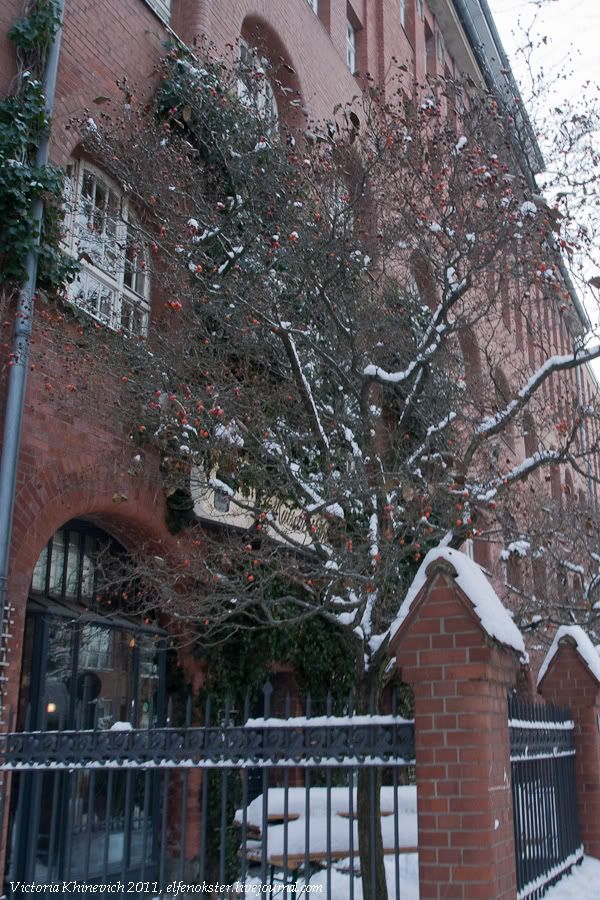
2
This exhibit is may be the most controversial one in the museum. But only if you try to compare reactions to it of ex-USSR citizens and Europeans or Americans. When I was showing my photos at my German class, my teacher said that Germans went crazy if they place this into museum.
This is the same type of plain that Mathias Rust landed on Red Square. This happened on 28th of May 1987. By the way I was one year one month and 19 days old:) And you?
According to this article (see the bottom of page 7) the original plane was last owned by a Japanise man and then disappeared. In another article I read that the Japanise man was actually a collector. In the museum I believed that this is that very plane. I even checked all the numbers on it with the ones on a plane in the pictures placed there. They all are the same.
Следующий экспонат, наверное, самый противоречивый из всего представленного в музее. Но только, если сравнить отношение к нему людей из бывшего СССР и европейцев или американцев. Когда я показывала эти фотографии на занятии по немецкому, преподавательница сказала, что немцы совсем сошли с ума.
Это такой же самолет, какой Матиас Руст посадил на Красной площади 28 мая 1987 года. Мне, кстати был 1 год, 1 месяц и 19 дней:) А вам?
Вот в этой статье (к сожалению, только на английском) внизу страницы 7 написано, что последним владельцем самолета был какой-то японец, а затем самолет исчез. В другой статье я читала, что этот японец вообще-то был коллекционером. Но в музее я верила, что это тот самый самолет. Даже сверяла все номера на бортах с теми, что у самолета на фотографии. Они все такие же.
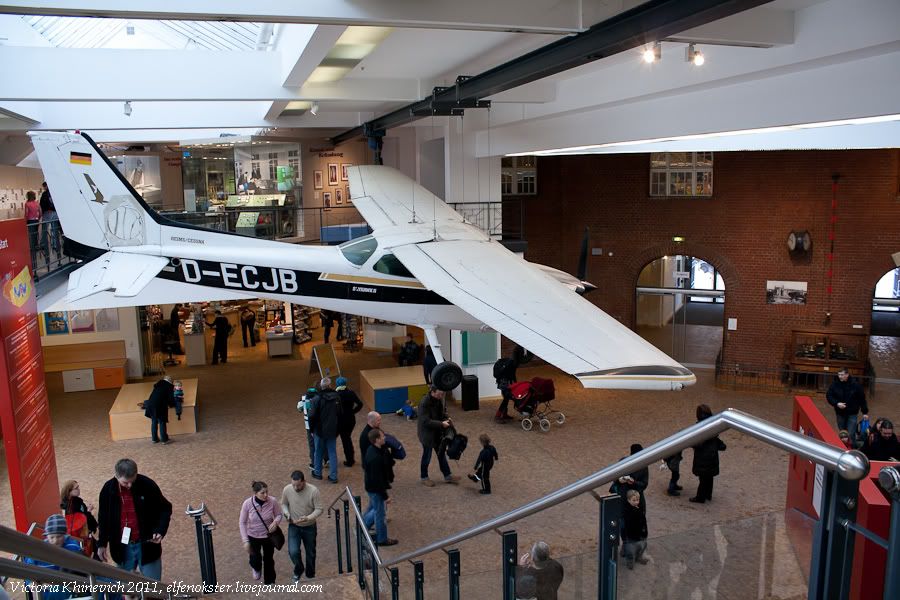
3
This is maybe the most ordinary, but at the same time the most unexpected and unusial part of exposition. The sound exposition. The row of grey plastic models shows different thing in life: computer, radio, sewing mashine, train, plane, ship and some other. When you press the button, you hear the specific sound made by the device! For computer it's called "data imput" - you hear the pressed keypads sound, the sound of Windows notifications and so on. Radio sound is presented by some random radio broadcasting and interferences.
I was amazed. Some friends of mine found it uninteresting and useless. But for me it's a great idea and I admire people who decided to place such ordinary things into museum. After all maybe some years later we will forget how computer keypads sounded, if the sensor screens will conquer our hearts, minds and homes:)
А здесь, возможно самые обычные и одновременно самые неожиданные и неординарные экспонаты. Это звуковая экспозиция. Ряд серых пластиковых моделей показывает разные вещи из жизни: компьютер, радио, швейная машина, поезд, самолет, корабль и другие. Когда нажимаешь на кнопку, воспроизводится звук, характерный звук для этой вещи! Компьютерные звуки называются "ввод данных" - звук нажимаемых кнопок клавиатуры, звуки окон сообщений Windows и так далее. Для Радио это куски каких-то трансляций и помехи.
Меня это удивило. Некоторые мои друзья посчитали это бесполезным и неинтересным. Но по-моему шикарная идея и я восхищаюсь людьми, которые решили все же разместить в музее такие обыкновенные вещи. В конце-концов, может через несколько лет мы забудем как звучат кнопки на клавиатуре, если сенсорные экраны успешно завоюют наши ума, сердца и жилища:)
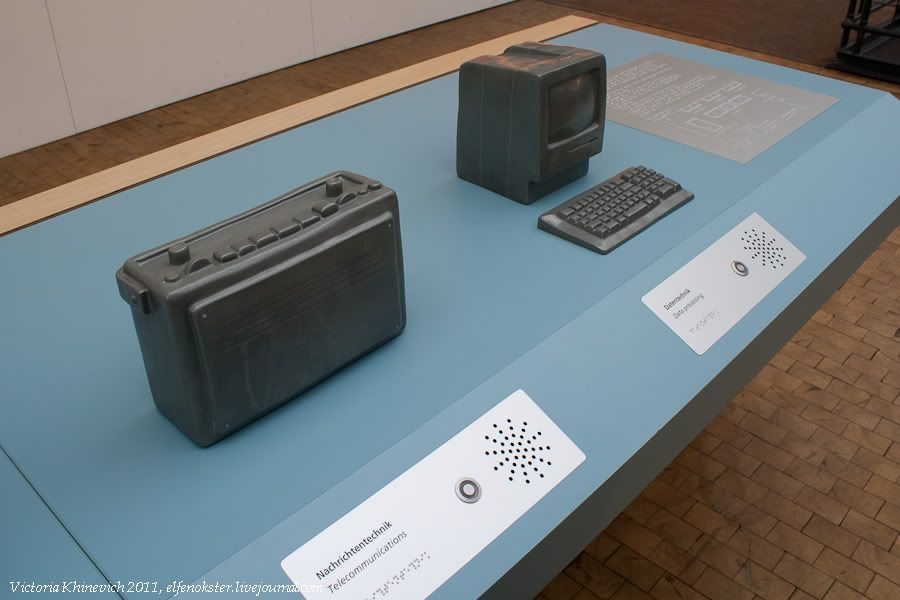
4
This is the model of the very first computer, the one that could be more or less freely programmed to be exact. Z1 mashine by Konrad Zuse. This is not original, it was destroyed. This is a copy, rebuild by Zuse himself with a team, espesially for the museum.
А это модель первого компьютера, если быть точными первого более или менее свободно программируемого компьютера. Z1 Конрада Зюсе. Это не оригинал, он был уничтожен. Это копия, построенная самим Конрадом с командой, специально для музея.
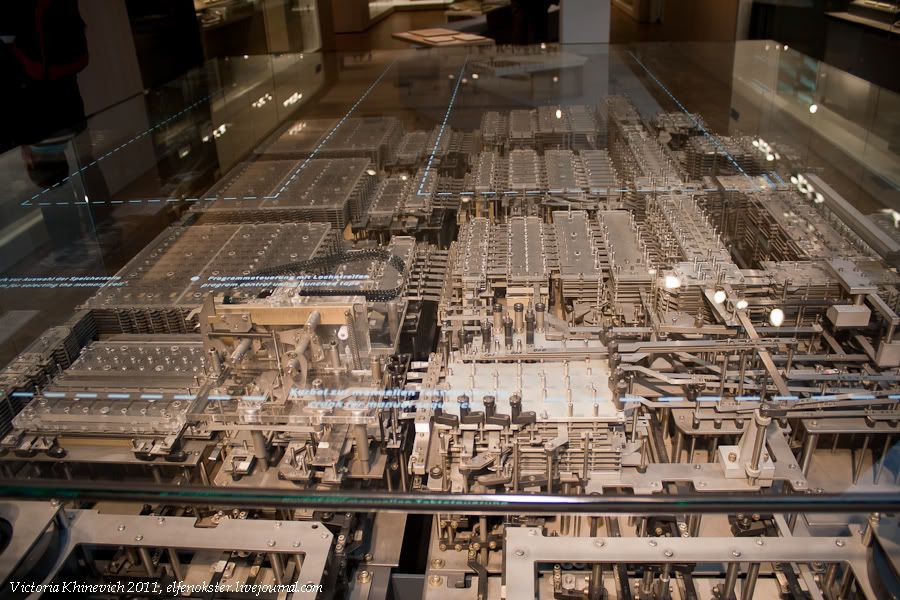
5
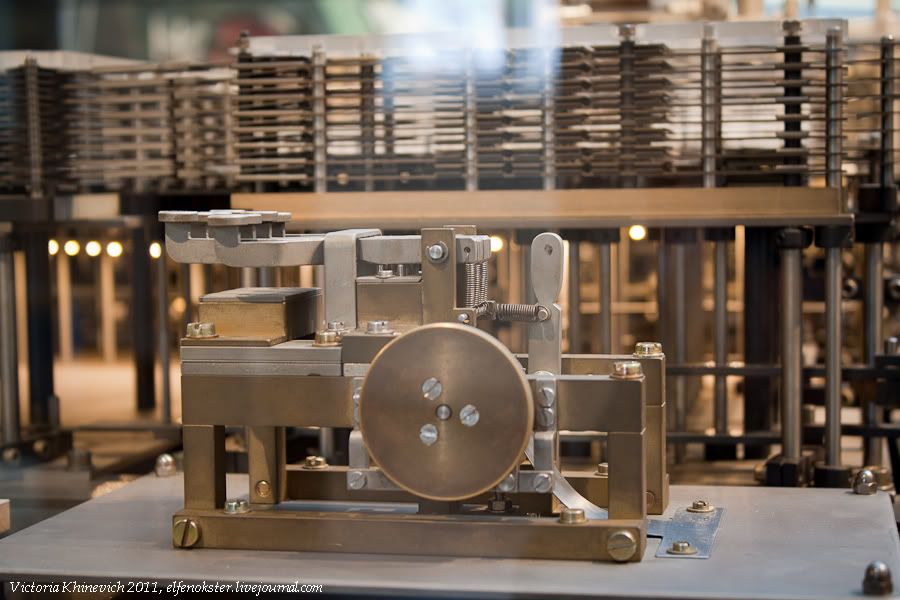
6
The computer exposition is quite big. But I liked the interactive part of it most. There are 3 tasks, not obligatory of course. The 1st one is to make up a phrase: there are letters written on a board in a binary code, and there are double sided magnets. On the one side is also the bynary code, on the other the letter of the alphabet. Finding all the codes will end up in a sentence. This is it.
Компьютерная экспозиция довольно большая, но больше всего мне понравилась интерактивная ее часть. Там есть 3 задания, которые, конечно, не обязательно делать. В первом нужно составить фразу: на доске написаны буквы в бинарном коде, и ест двусторонние магниты. На одной стороне магнита тоже бинарный код, на другой - сама буква алфавита. Собрав все коды, получим фразу. Вот она.
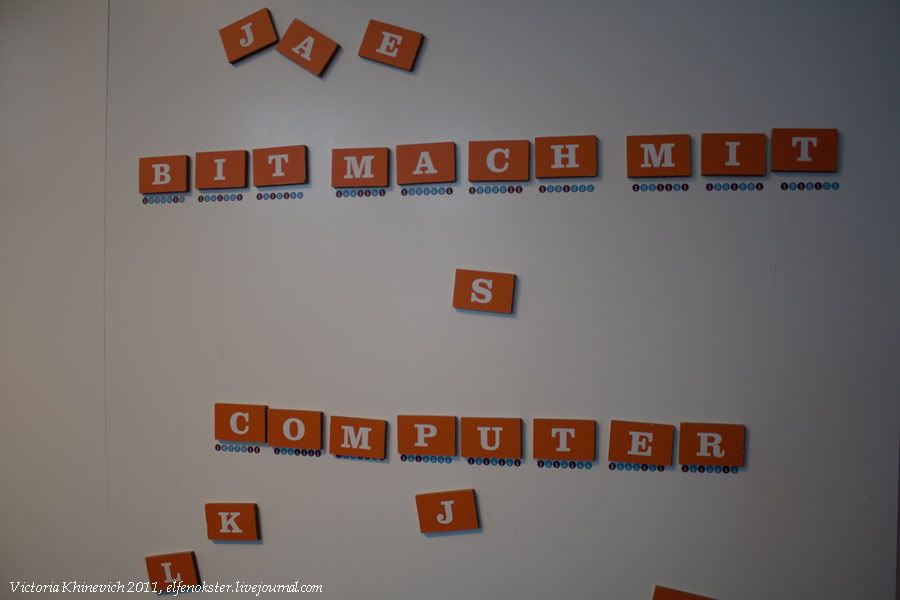
7
The second task is to write a binary code for numbers 31 and 32 after looking at the list of codes for numbers from 0 to 30. When you press the white circle it changes its colour and this means 1. When you did all correctly there will appear the green mark at the end of the line. Can you?
Вторая задачка - это написать двоичный код для чисел 31 и 32, посмотрев на коды чисел от 0 до 30. При нажатии белый кружок меняет цвет и это означает 1. Если все правильно, то в конце строки появиться зеленая галочка. А вы можете выполнить?
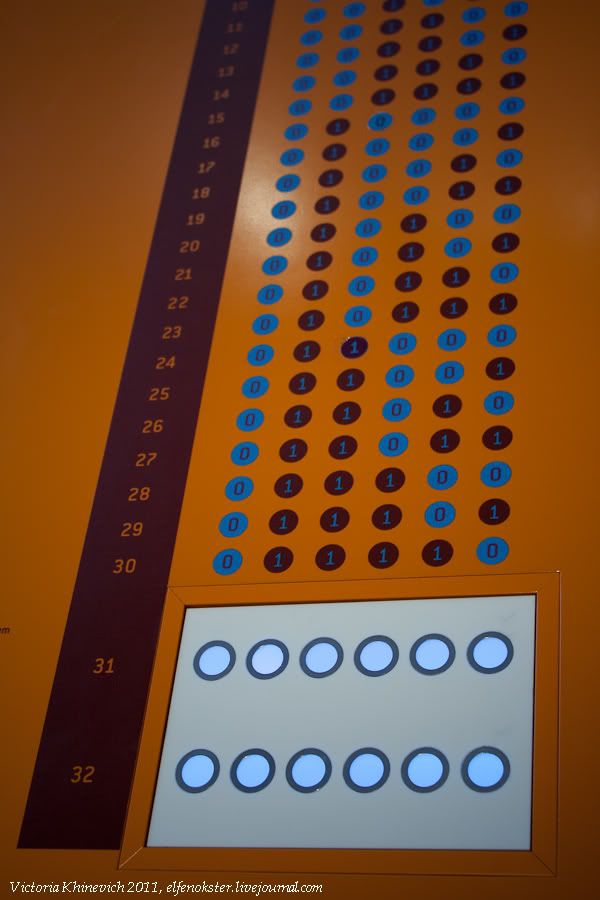
8
And the last task is designed to help one understand the "or", "and" and "not" logics. You first have the task - a story about a thief that has to be found among several people by some particularities. So, you might have probably solved this logicals puzzles as a kid. After you read the task you go to 3 windows where by turning one or several levers you light the lamp. All what is happening at that moment is explained at the side of the window.
А последнее задание должно объяснять принципы компьютерной логики "или", "и" и "не". Сначала задание - история про вора, которого надо опознать среди нескольких человек по нескольким отличительным чертам. В детстве вы, наверное, решали такие логические задачки. После задания 3 окошка, в каждом из которых поворотом одного или нескольких рычагов вы зажигаете лампочку. Все что при этом происходит описано сбоку от окошка.
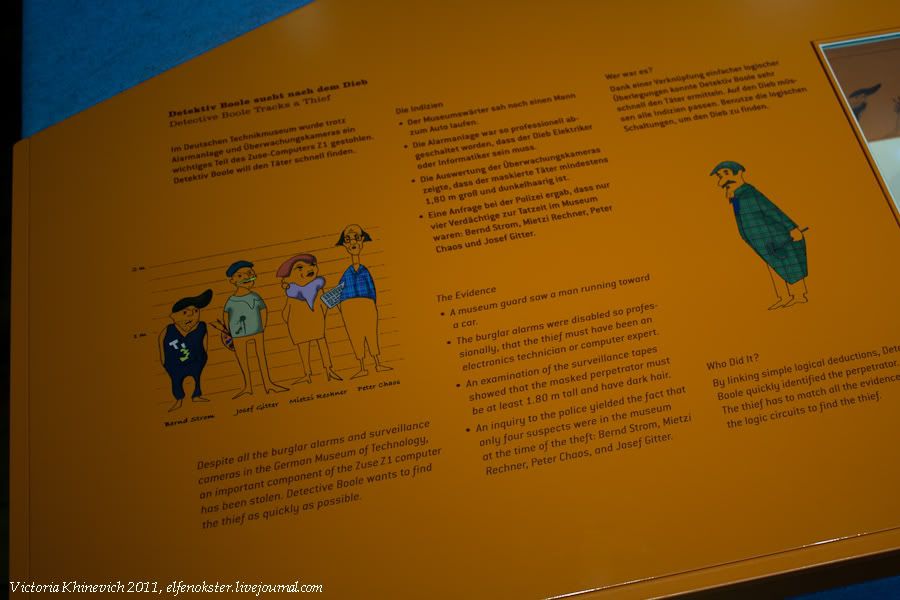
9
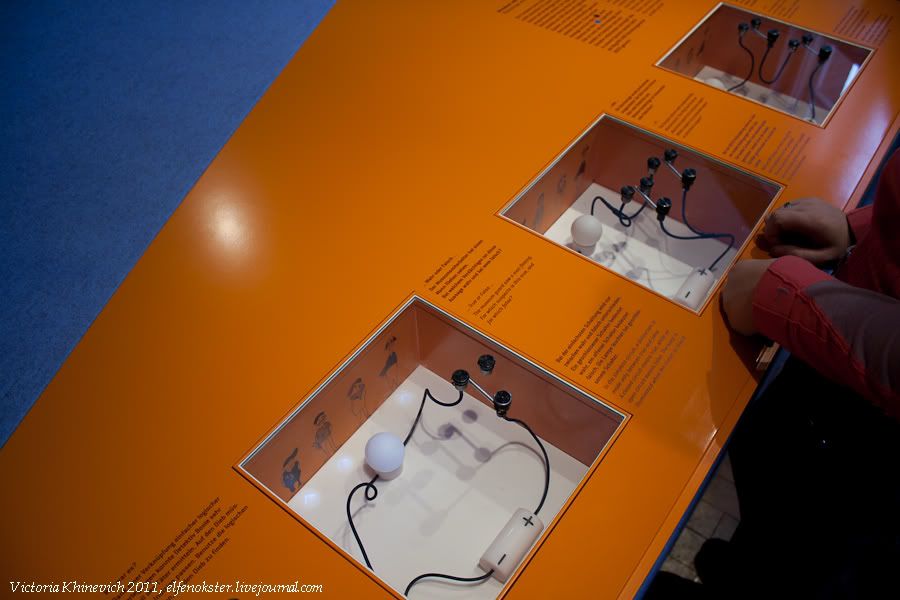
10
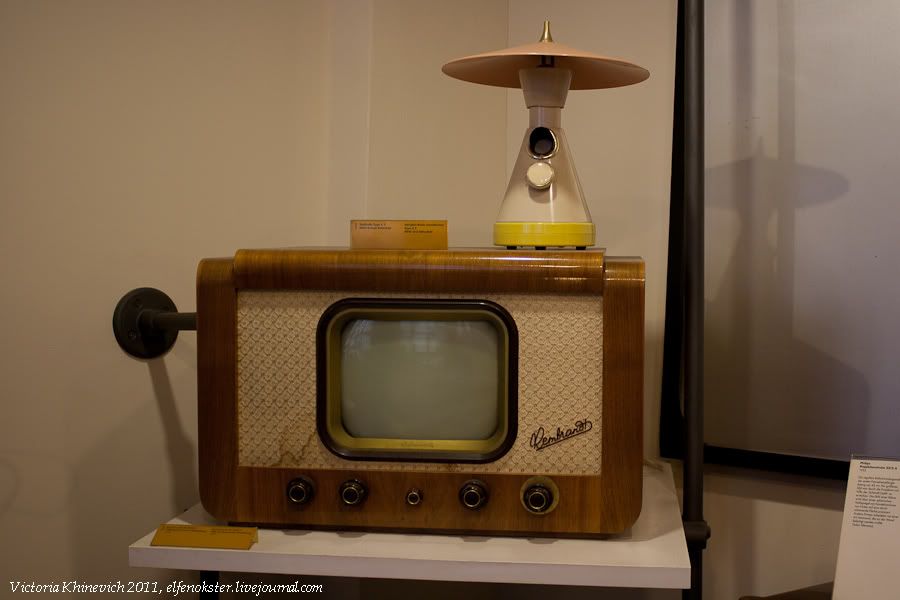
11
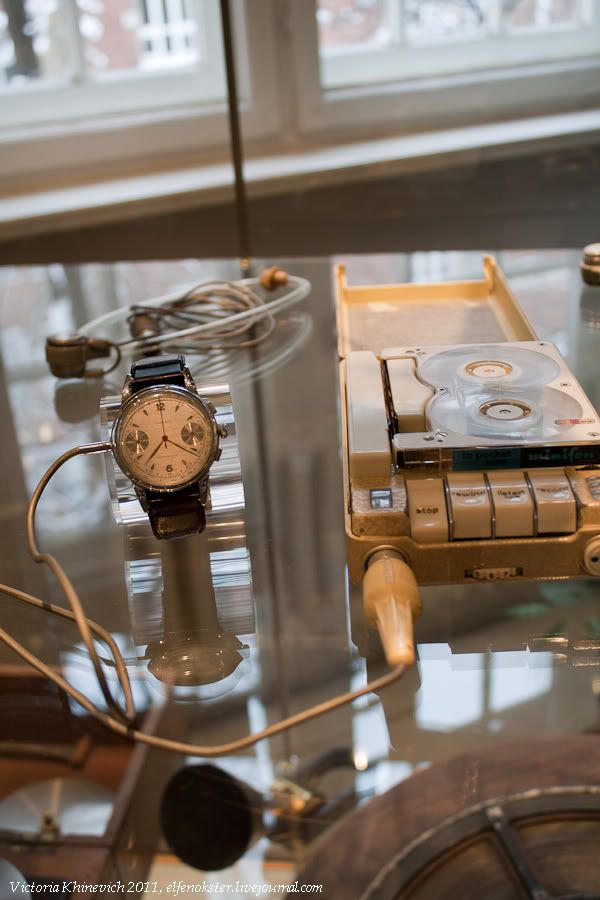
12
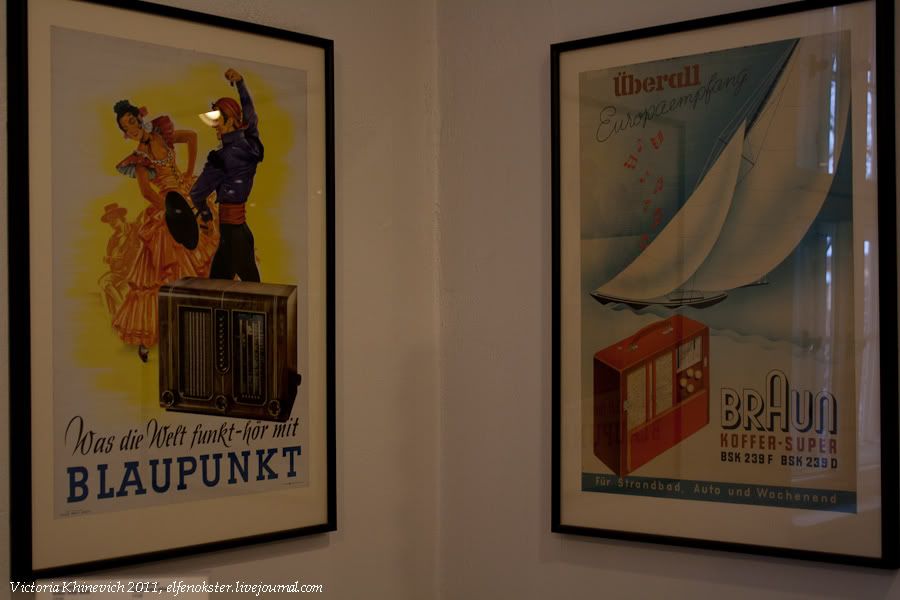
13
The map of this radio has small lamps for each country. These lamps indicated the contry which the current station is broadcasted from.
На карте этого приемника расположены лампочки, которые показывают из какой страны вещает текущая радиостанция.
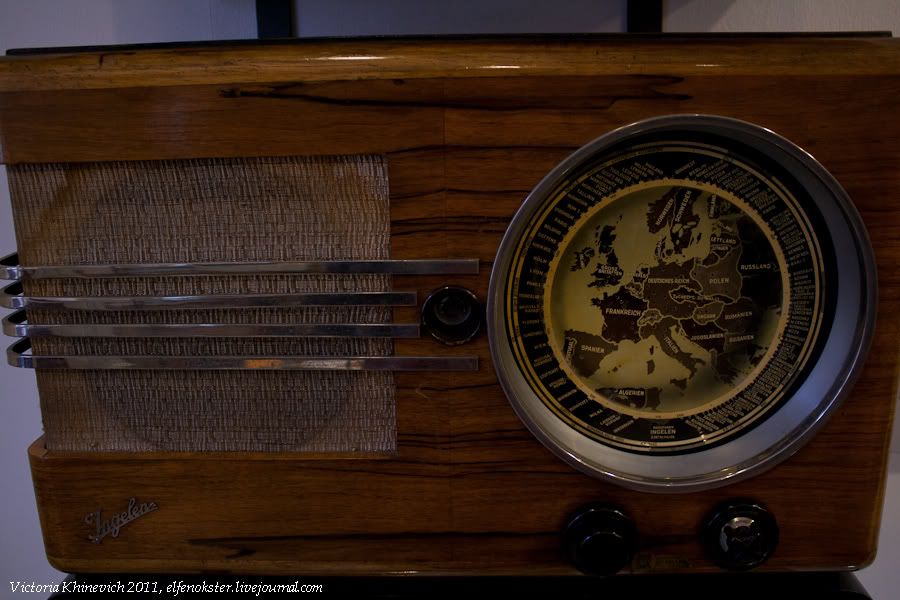
14
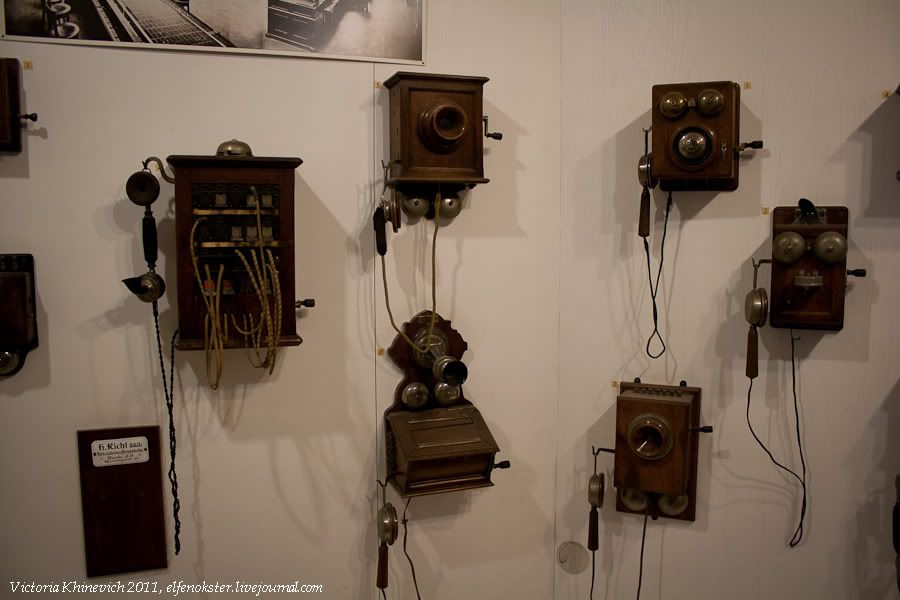
15
Now we go to the railway exposition.
А теперь переходим к железнодорожной экспозиции.
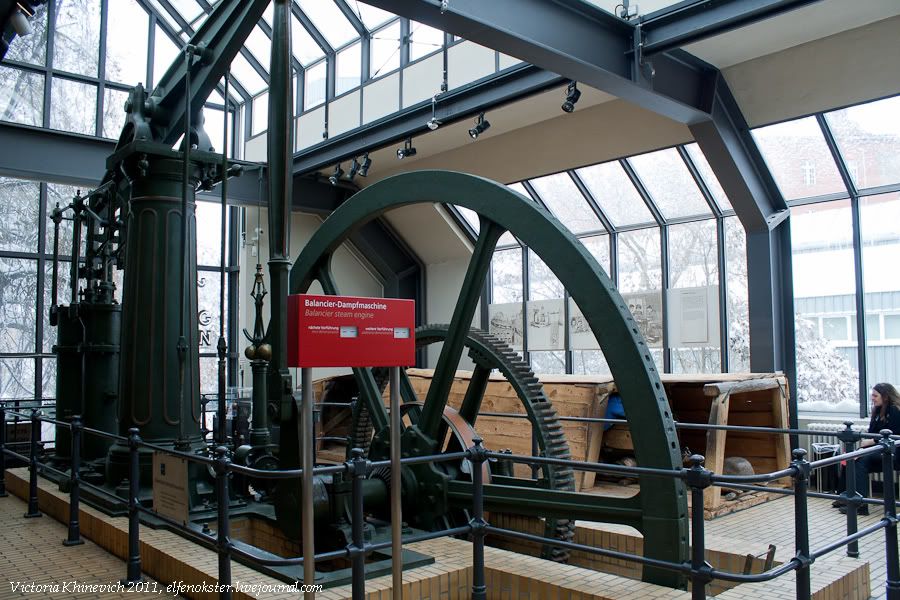
16
Acient trolley...
Древняя вагонетка...
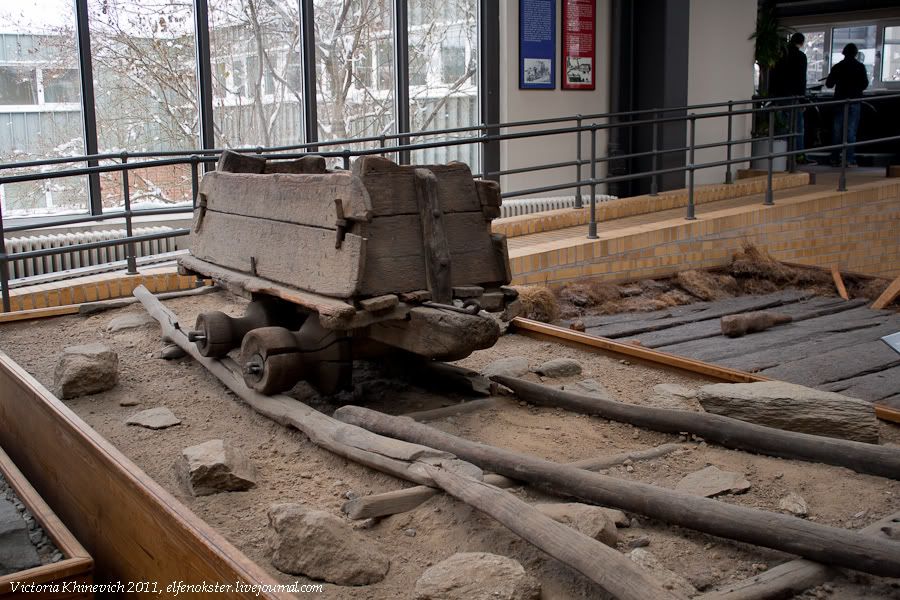
17
... and the model showing shildren how did it feel to move this trolley
...и модель, позволяющая детая понять каково было ее передвигать
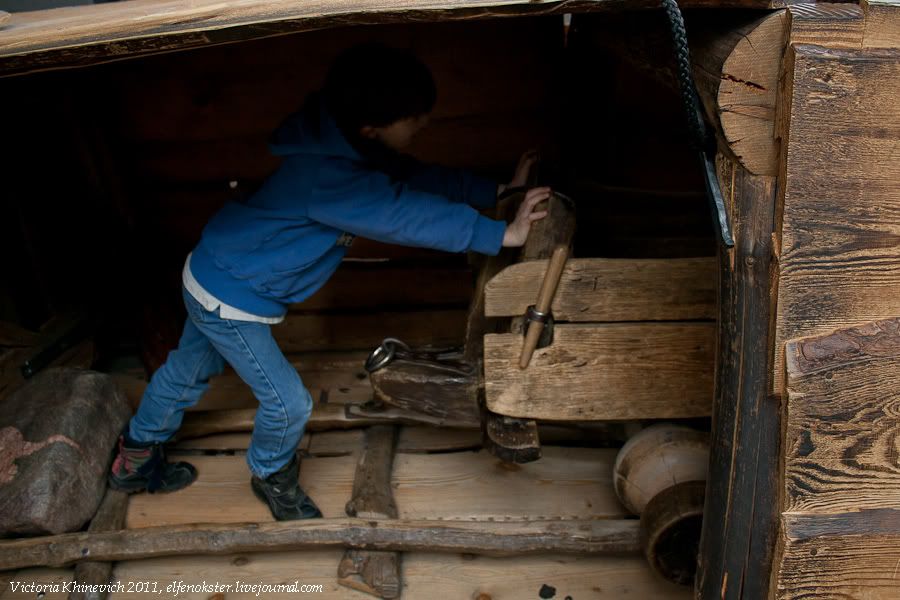
18
Another model shows how the train wheels work.
Еще одна модель, показывающая принцип работы колес поезда.
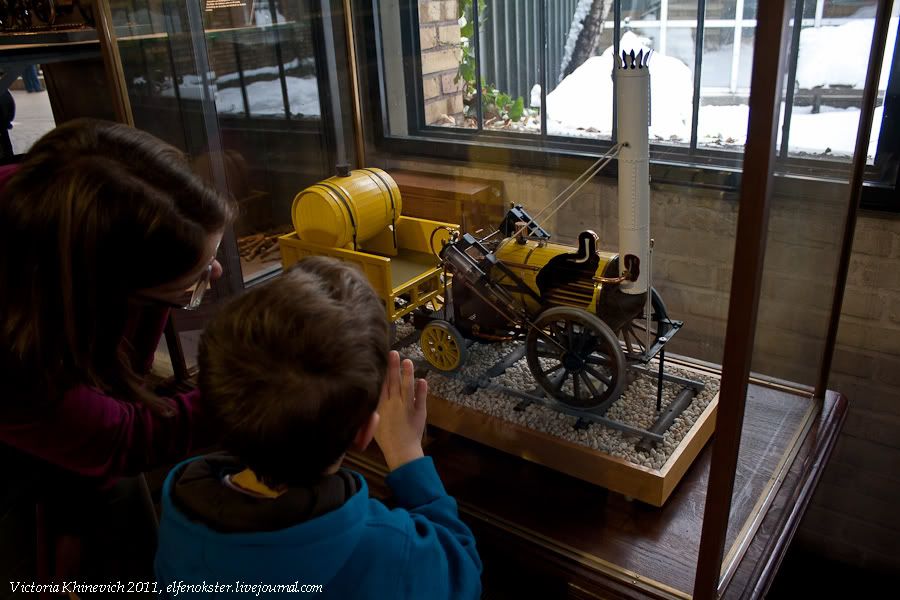
19
First German steam train
Первый немецкий паровоз
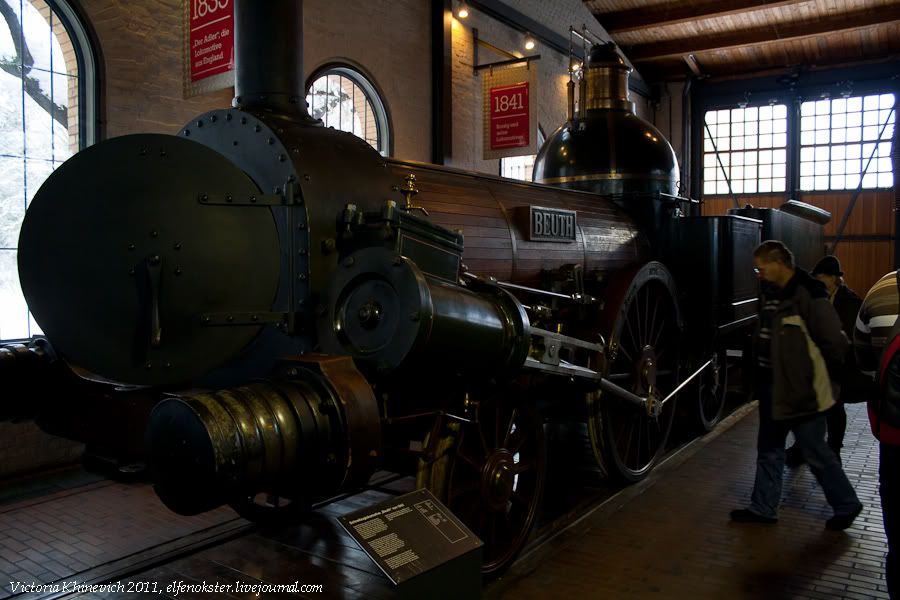
20
Fine wiew from the big windows of the hall
Милый вид оз больших окон зала
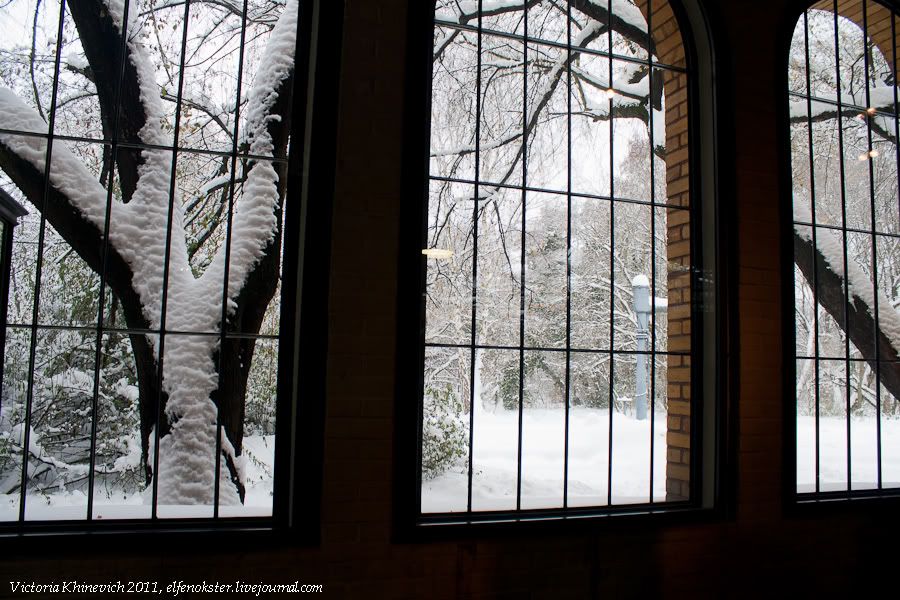
21
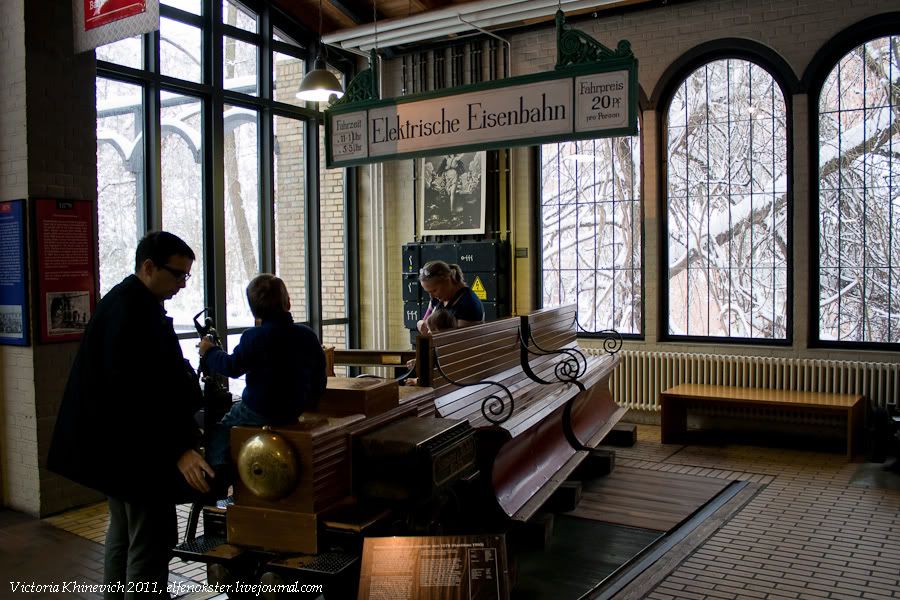
22
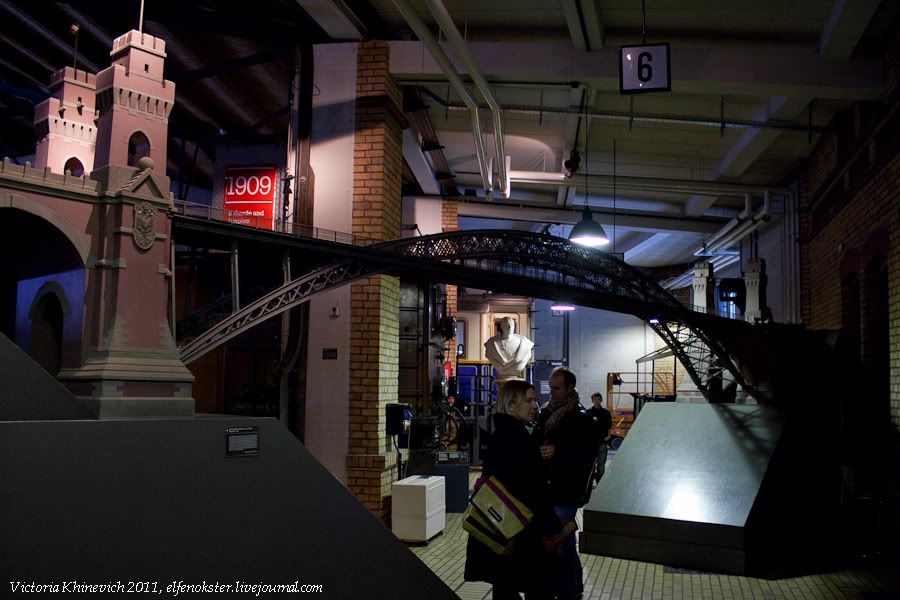
23
And to finish this report a nice thing I saw in a museum for the first time: benches to have lunch. They are placed in a very beautifull gallery between the buildings. I bet it's just wonderful there in late spring and summer.
И в заключении отчета, удивительная вещь, которую я видела в музее в первый раз: скамеечки чтобы перекусить. Они расположены в красивой галерее, соединяющей здания. Уверена, поздней вестной и летом там просто шикарно.
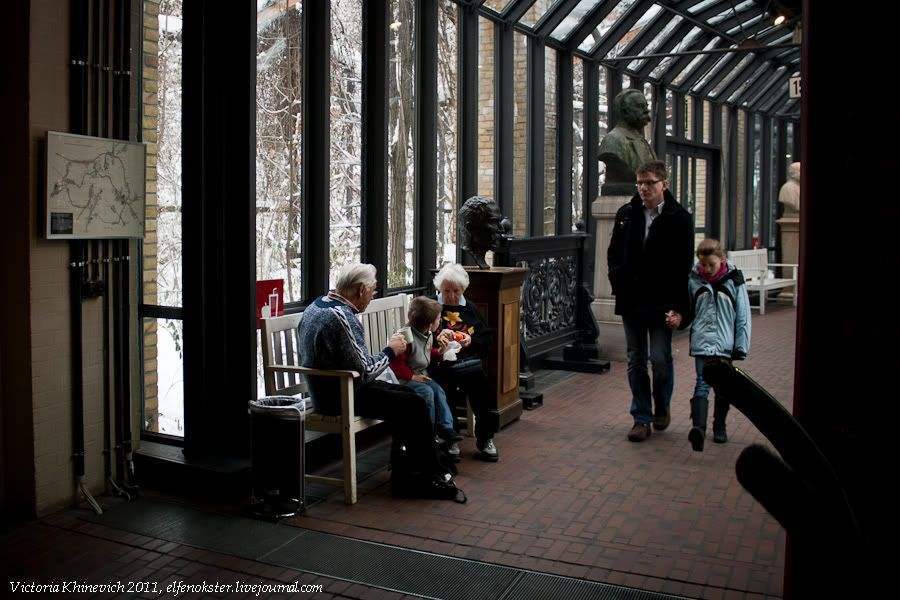
24
I hope you've enjoyed the firts part of the tour. Soon there will be the second one, about aircrafts and ships.
Надеюсь, вам понравилась первая часть экскурсии. Скоро появиться и вторая, посвященная авиации и мореплаванию.
Summary // Обзор
1. German adventures. Part 1 // Немецкие приключения. Часть 1
2. Welcome to Berlin. Adventures. Part 2. // Добро пожаловать в Берлин. Приключения. Часть 2.
3. Berlin museums. Part 1 // Берлин музейный. Часть 1
4. Berlin. New Year style. // Берлин Новогодний
Coming soon//Скоро:
Technical Museum part 2
Natural Science Museum
Treptower park
Streets of Berlin
New Year celebration